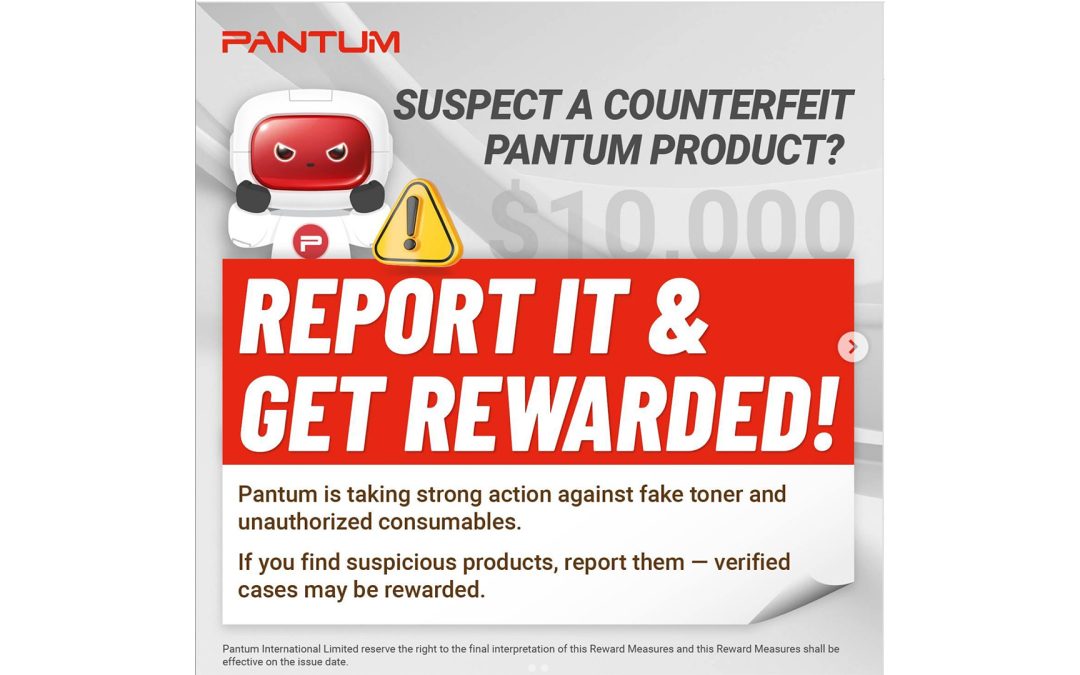 Trade wars hit the consumer most because they are the ones paying the additional tariffs added to the product. Rather than paying higher prices, consumers search for cheaper products. So do the sales of counterfeit products increase during trade war?
Trade wars hit the consumer most because they are the ones paying the additional tariffs added to the product. Rather than paying higher prices, consumers search for cheaper products. So do the sales of counterfeit products increase during trade war?
Despite holding talks to avoid escalating the trade dispute, the US president declared new tariffs on further billions of Chinese goods. A day after, China responded with tariffs on US imports.
In an article on 247wallst.com, Paul Ausick explores if this actually could fuel the market for counterfeit products. He explains that indeed, the consumer is the one that suffers most from a trade war since the manufacturers and resellers will simply add the tariff price to the price of the product they sell. Therefore, the consumers are the ones with increased cost. Ausick s of the opinion that this increase in cost might be an opportunity for the counterfeit product’s market since consumers will increasingly look for the same products but at lower prices.
Earlier this week, The Recycler reported on how with the easy set up of shop fronts through online giants like Amazon, Etsy, eBay, Instagram etc., vendors get legitimacy and access to millions of consumers, and more often than not, the consumers are not even aware they are buying less superior products from these resellers.
According to the article by Paul Ausick, “in 2013, the global trade value of imported counterfeit and pirated (stolen) goods totalled nearly $500 billion (€447 billion), according to an Organisation for Economic Co-operation and Development (OECD) report, the country that produced 63.2 percent of those fakes? China. Hong Kong, a Chinese special administrative region, accounted for 21.3 percent of all fakes that year, the second-highest total.”
He added: “That OECD number, as large as it is, does not include online piracy, but primarily trademark and copyright breaches. Were those kicks really made by Nike or did someone manufacture a truckload of fakes to sell at half the price for twice the profit? The risks of the latter are growing as new manufacturing techniques, including 3D printing devices, make it more difficult to discern a fake.”
An article on The Counterfeit Report website adds: “The 60,000 cargo containers that enter the US each day are no longer the primary transportation medium for China counterfeits. Amazon, eBay, Alibaba, and Walmart are now perfect platforms to flood the consumer marketplace with direct consumer mailings of an inexhaustible supply of cheap China counterfeit, fake and replica products, and without liability.”
According to The Counterfeit Report “controversial trade war tariffs may curtail trade barriers, protect industry and intellectual property theft, create jobs and fix an undesirable trade barrier, but the criminal $1.3 trillion (€1.16 trillion) counterfeit industry will flourish.”
These goods damage businesses and consumers alike, with unfair competition for legitimate businesses as well the consumer being deceived into buying something that is not of the quality or standard they were expecting.
Editor’s Note: Maybe with the US-China trade war possibly expediting the growth of these issues, it is now time to update the laws. At this moment and time, there is no definition of what a marketplace is. Therefore, there is no legislation to protect legitimate resellers or consumers. It might be a case that the law needs to catch up with the market.



















